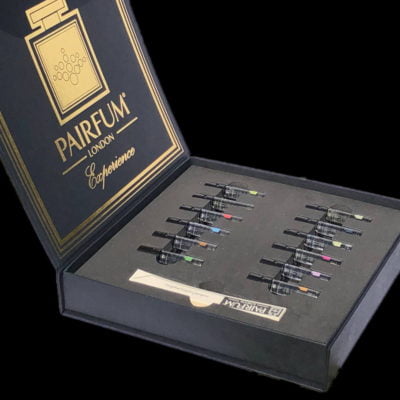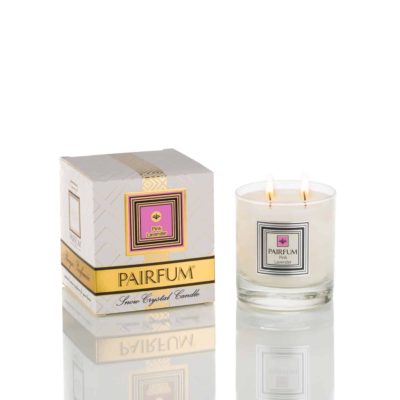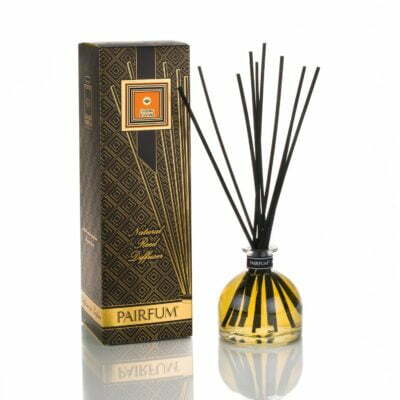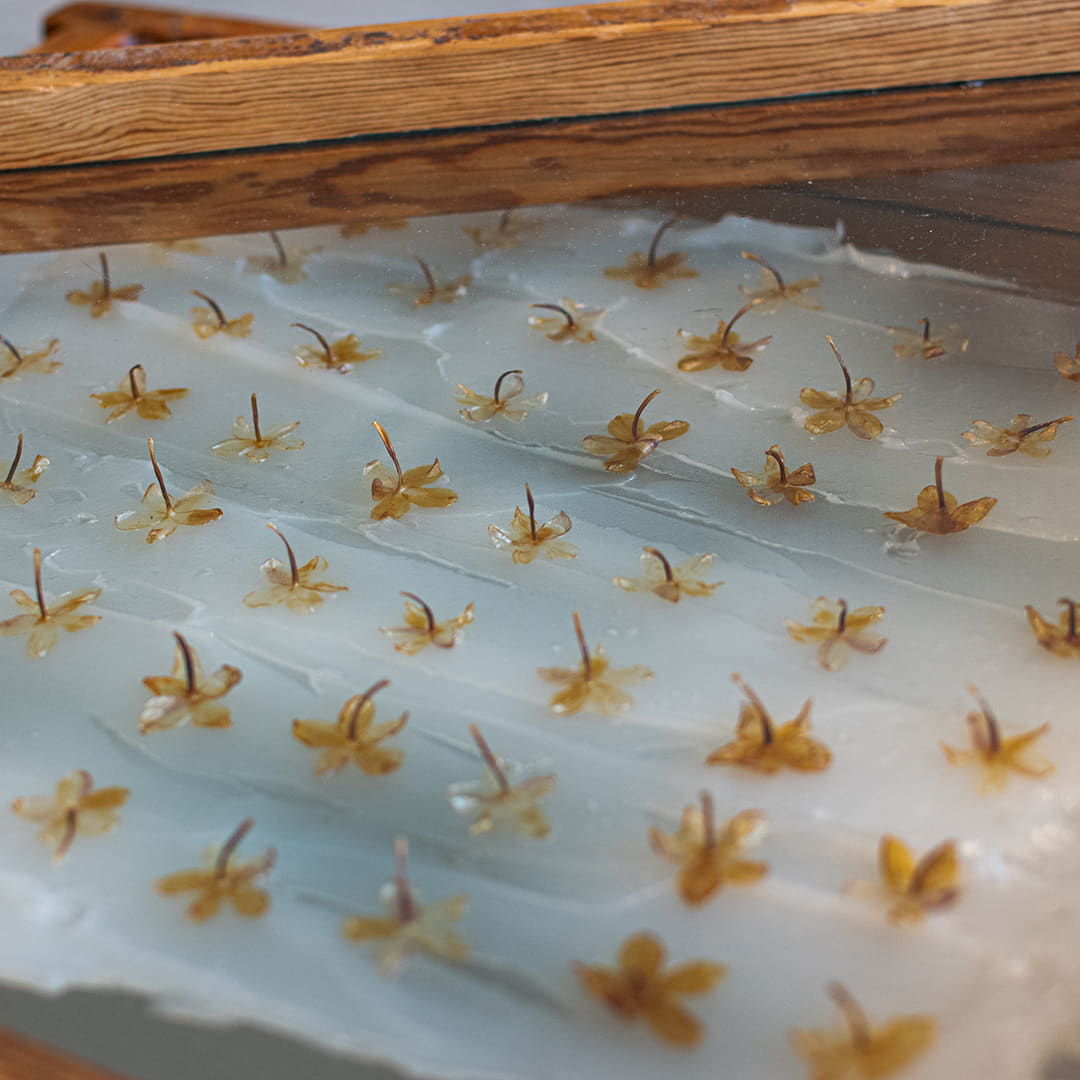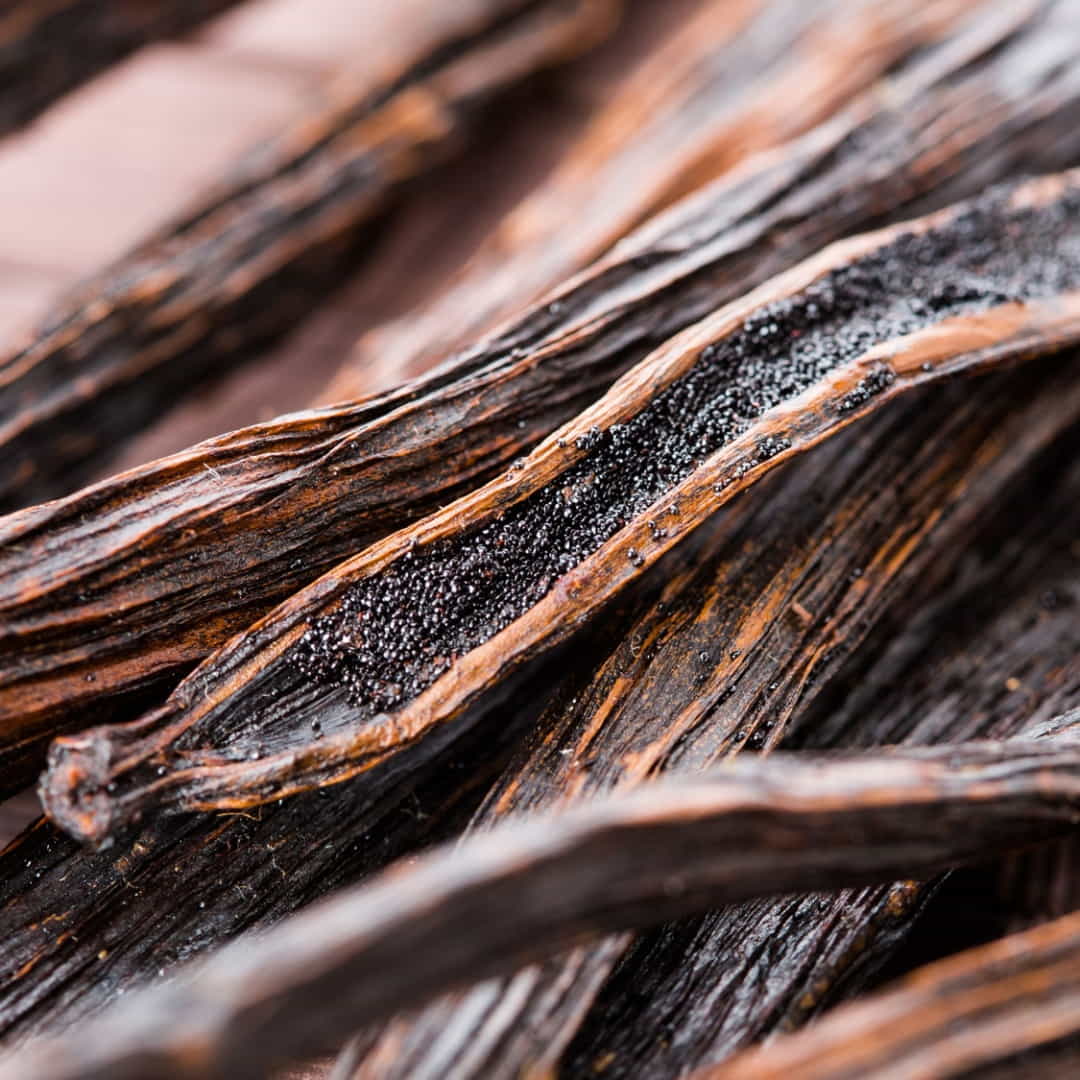Introduction:
Perspiration or sweat are often overlooked, as they are difficult to speak about openly. And yet, this remarkable bodily secretion serves numerous vital functions beyond temperature regulation.
This article delves into 16 x intriguing facts and insights about sweat, encompassing topics ranging from olfactory interactions with fragrances to pioneering applications such as artificial sweat glands.
We call it, the hidden ‘Potential of Perspiration’.
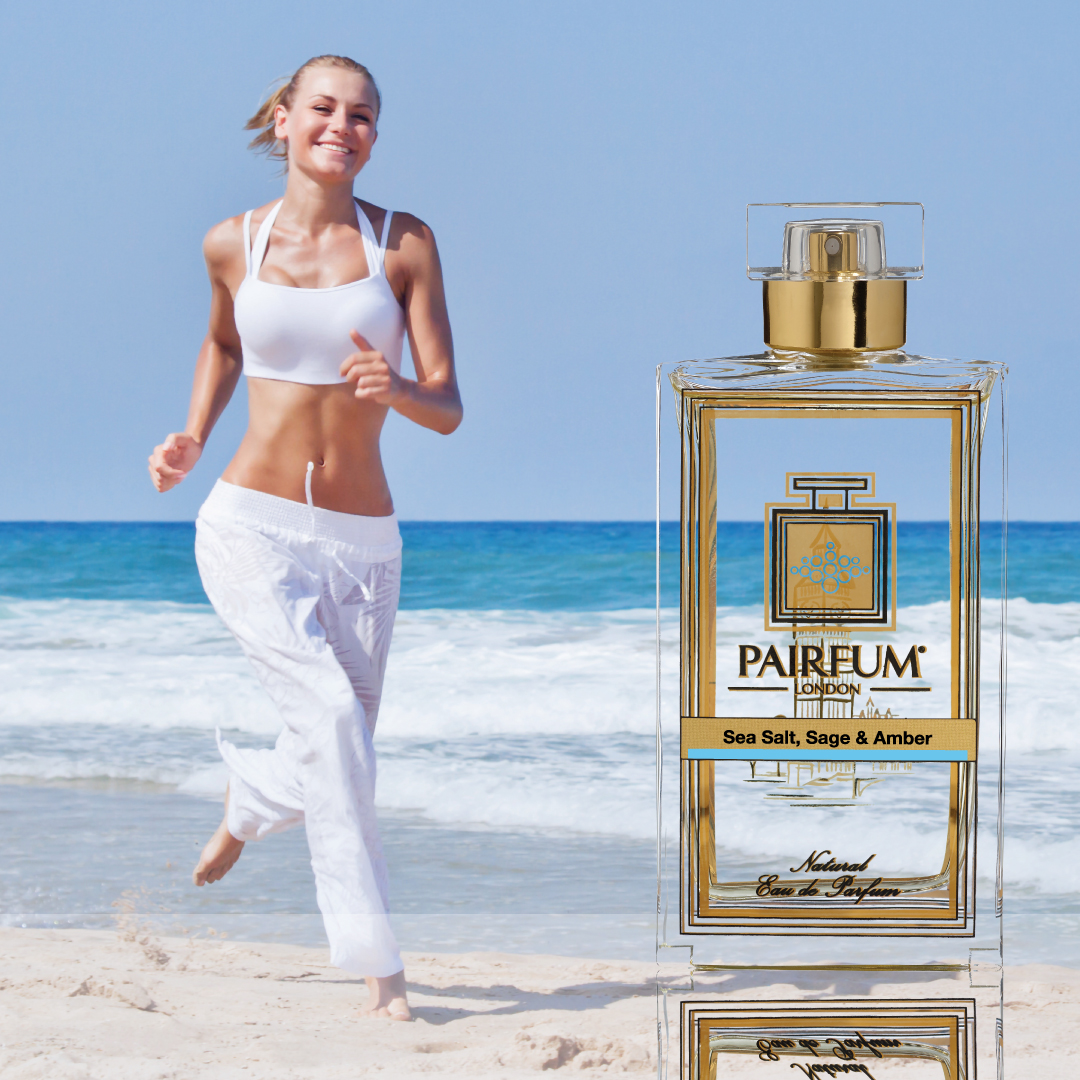
Insights & Facts: Perspiration
The sources for this compilation include recent studies and scientific literature about perspiration and sweat.
- Varied Composition: Sweat is a complex fluid produced by sweat glands found in the skin. Composed primarily of water, it also contains electrolytes, urea, and trace amounts of minerals. Research indicates that its composition can vary based on factors such as gender, age, and overall health.1
- Dual Sweat Glands: Humans possess two types of sweat glands: eccrine and apocrine glands. Eccrine glands are distributed across most of the body and secrete a watery solution, aiding in temperature regulation. Apocrine glands are mainly found in regions like the armpits and genital area, and they release a thicker fluid that interacts with bacteria, potentially leading to body odor.2
- Individual Odor: The unique scent emanating from sweat is influenced by genetics and the microbiome of the skin. Recent studies have explored how an individual’s body odor profile can contribute to personal identity and even influence social interactions.3
- Olfactory Interaction: The interplay between sweat and fragrances is an emerging area of research. Sweat can interact with perfumes, altering their scent. This interaction depends on factors like pH levels and the specific compounds present in both sweat and fragrance. This complex dynamic contributes to the way scents evolve on the skin.4
- Emotional Sweat: Sweat can be triggered not only by physical exertion but also by emotional responses. Stress-induced sweat, for instance, is distinct in composition from exercise-related sweat. Such variations have led researchers to consider the potential of sweat as a non-invasive marker for emotional states.5
- Sweat and Skin Health: Sweat contains antimicrobial peptides that can help protect the skin from infections. Additionally, the process of sweating assists in clearing out pores, potentially aiding in the prevention of acne and other skin conditions.6
- Armpit Transplants: Armpit transplants, a relatively recent medical innovation, involve transplanting sweat glands from a donor to a recipient. This procedure holds promise for individuals who experience excessive sweating, known as hyperhidrosis.7
- Artificial Sweat Glands: Researchers are exploring the creation of artificial sweat glands using advanced biomaterials and 3D printing technology. This development could lead to novel applications in areas such as drug delivery and skin tissue engineering.8
- Metabolic Insights: Sweat analysis can provide valuable information about an individual’s metabolic state. Certain molecules present in sweat can offer insights into glucose levels, dehydration, and electrolyte imbalances.9
- Allergen Expulsion: Perspiration can play a role in expelling allergens from the skin’s surface. This mechanism might explain why individuals with allergies sometimes experience skin irritation during exercise or warm conditions.10
- Personalized Deodorants: Advancements in understanding individual body odor profiles could pave the way for personalized deodorant formulations. Tailoring deodorants to an individual’s specific odor composition might enhance effectiveness.11
- Social Signaling: Sweat, beyond its functional roles, can also serve as a form of non-verbal communication. Pheromones and other chemical signals present in sweat may unconsciously influence social interactions and attraction.12
- Exercise and Detoxification: Sweating during exercise has been associated with the elimination of certain heavy metals and toxins from the body. However, further research is needed to fully understand the extent of this detoxification process.13
- Sweat’s Cooling Mechanism: The primary function of sweat is thermoregulation, aiding the body in cooling down when its temperature rises. As sweat evaporates from the skin, it dissipates heat, preventing overheating.14
- Evolutionary Significance: Sweating is believed to have played a crucial role in human evolution. The ability to cool down through sweating allowed early humans to engage in endurance activities, contributing to their survival and success as a species.15
- Cultural Perspectives: Different cultures have varying attitudes towards sweating. While some cultures embrace sweating as a natural bodily process, others consider it socially undesirable. These cultural perceptions have influenced hygiene practices and beauty standards.16

Conclusion:
Perspiration, a multi-faceted bodily secretion, is the subject of ongoing scientific exploration.
From its olfactory interactions with fragrances to its potential applications in medicine and beyond, perspiration continues to reveal its hidden potential.
As research advances, our understanding of sweat’s role in health, identity, and society deepens, underscoring its significance as a remarkable aspect of human biology.
Browse our online boutique for Natural Eau de Parfum Intense that can keep up when you are exercising.

Footnotes
- Source: “Sweat Gland Biology Across Skin Complexities and Body Sites.” Annual Review of Physiology, 2018. ↩
- Source: “Eccrine and apocrine sweat glands.” Comprehensive Physiology, 2016. ↩
- Source: “The Role of Human Olfaction in Everyday Life and Emotional Connotations of Odors.” Frontiers in Psychology, 2018. ↩
- Source: “The scent of human estrus: A review of the literature.” Evolutionary Psychology, 2017. ↩
- Source: “Sweating the Small Stuff: A New Approach to Understanding Human Emotional States.” Frontiers in Psychology, 2018. ↩
- Source: “Antimicrobial peptides in sweat.” Science Translational Medicine, 2011. ↩
- Source: “Surgical treatment of axillary hyperhidrosis: A systematic review and meta-analysis.” Plastic and Reconstructive Surgery, 2021. ↩
- Source: “Three-dimensional printed artificial sweat glands for human sweat analysis.” Science Advances, 2020. ↩
- Source: “Wearable Chemical Sensors: Present Challenges and Future Prospects.” ACS Sensors, 2020. ↩
- Source: “Exercise-induced allergic reactions to wheat.” Journal of Allergy and Clinical Immunology, 2015. ↩
- Source: “Human body odor, odor mixtures, and the functional significance of chemosensory cues.” Chemical Senses, 2014. ↩
- Source: “Human Axillary Odor: Are There Side-Related Perceptual Differences?” Chemical Senses, 2019. ↩
- Source: “Toxic Elements in Sweat.” Sweat Science, 2011. ↩
- Source: “The role of sweating in thermoregulation.” Temperature, 2015. ↩
- Source: “Sweating, Human Performance, and Survival.” Comprehensive Physiology, 2013. ↩
- Source: “Cultural differences in the perception of human sweat odors.” Chemosensory Perception, 2015. ↩

